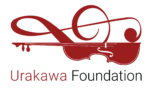Takaya Urakawa
Biographical notes
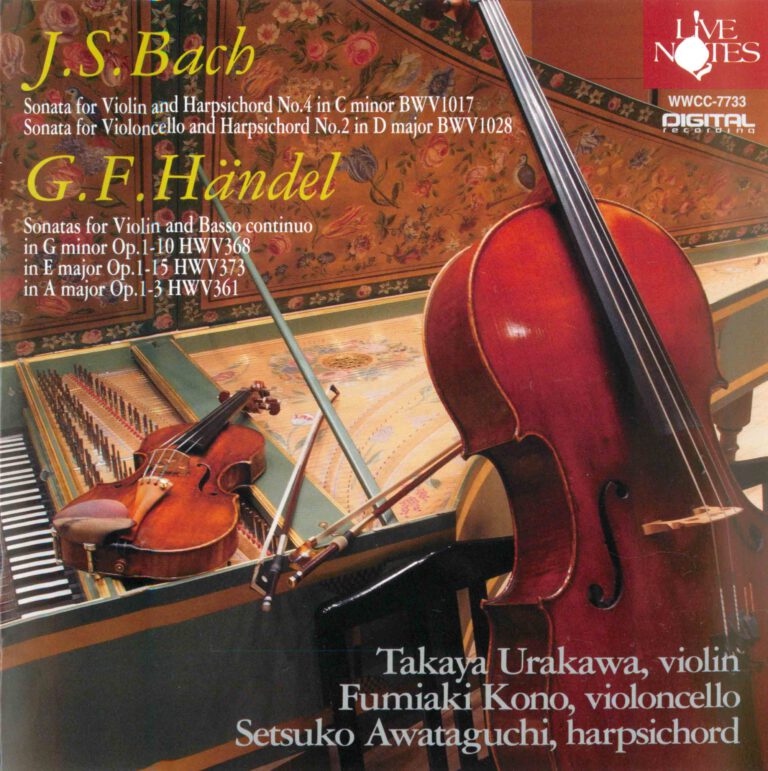

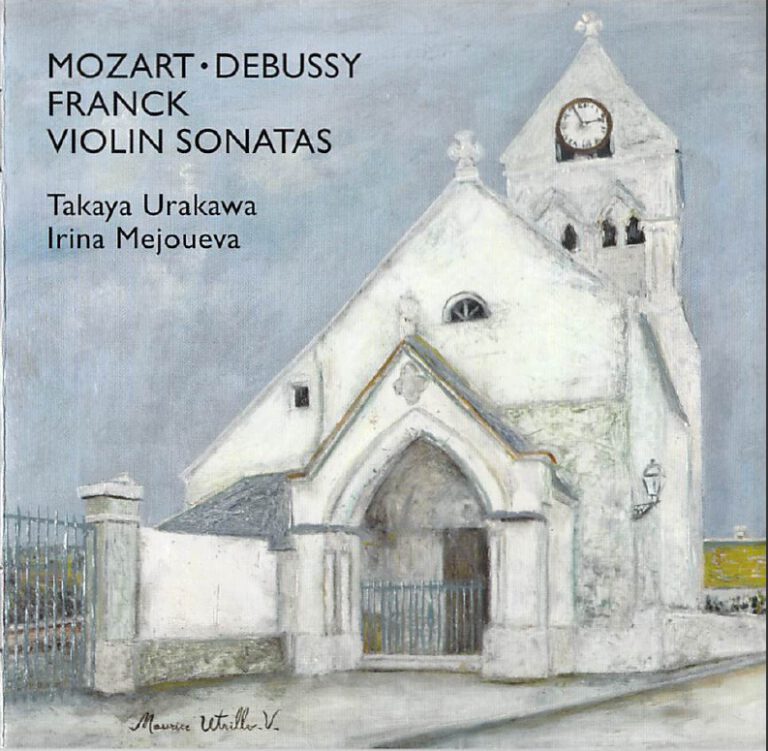


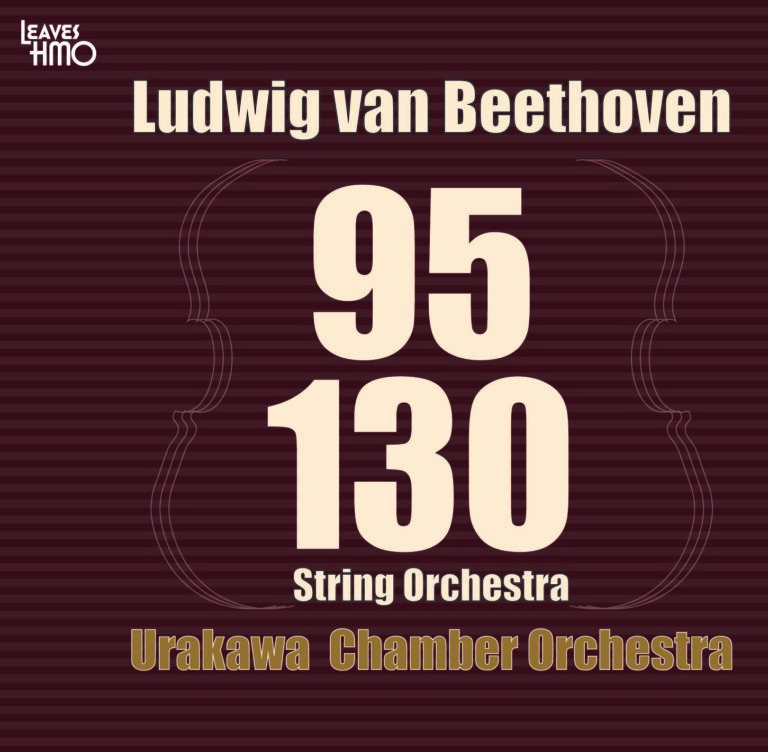
![HMOC17846_p-p1 [更新済み]](https://urakawa-foundation.com/wp-content/uploads/2021/02/HMOC17846-768x759.jpg)
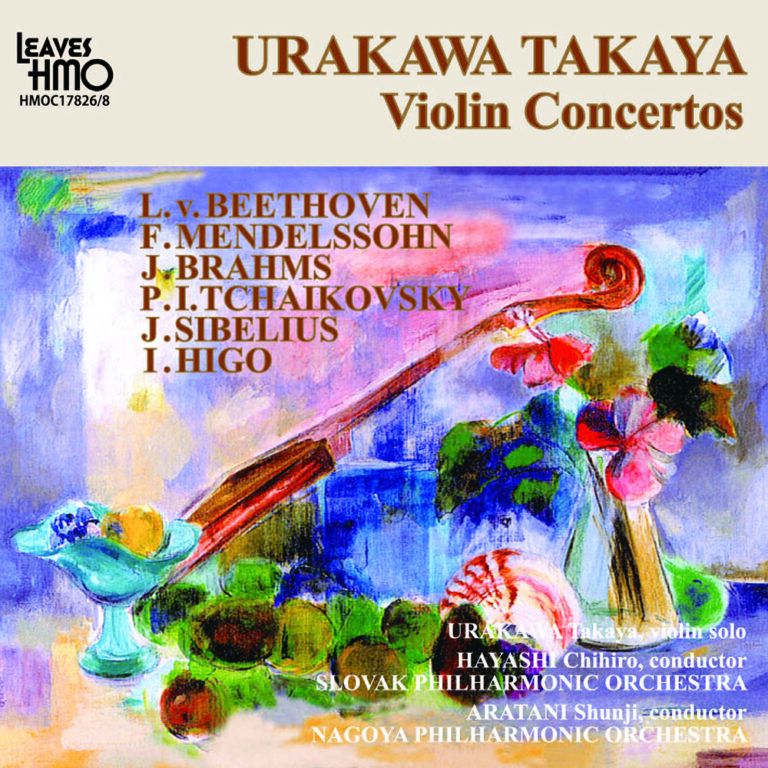

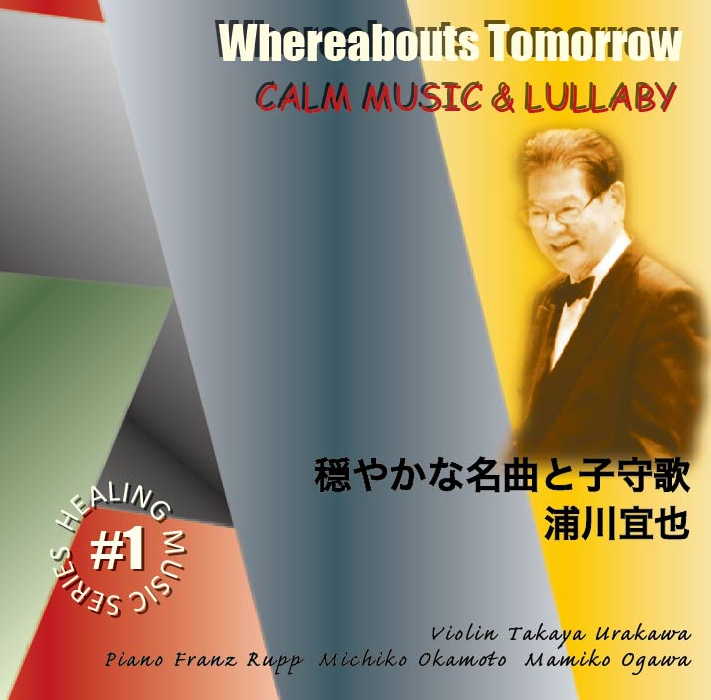
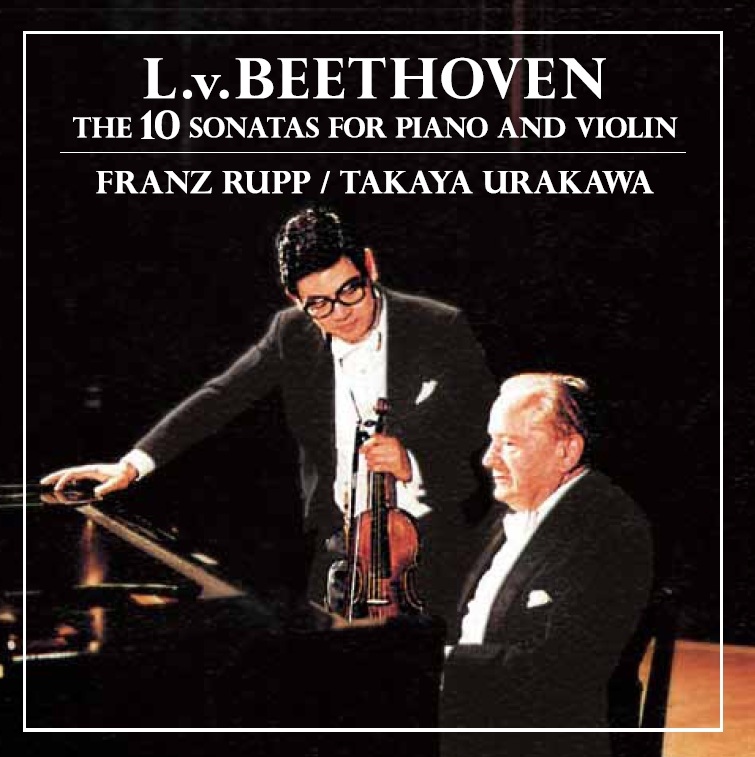
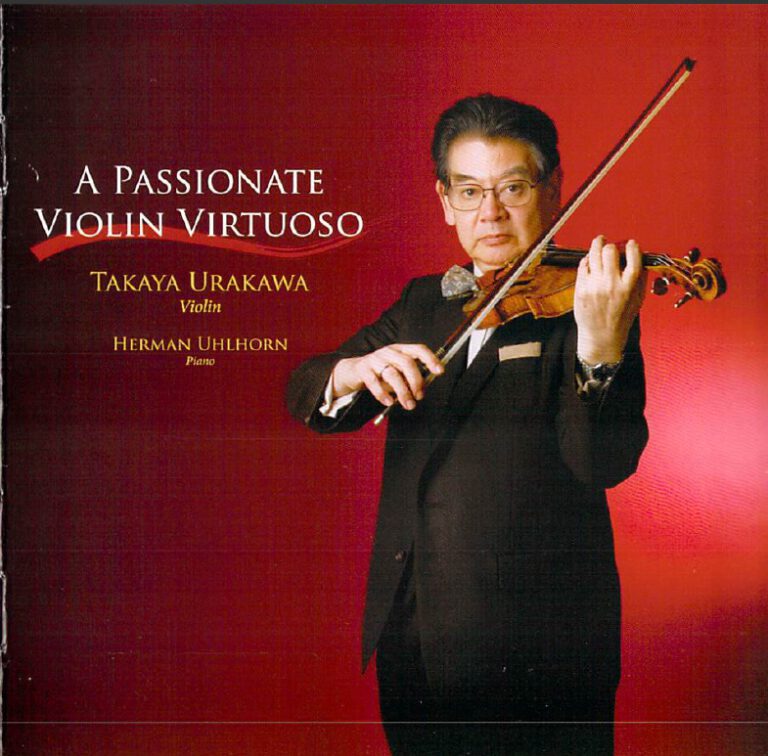
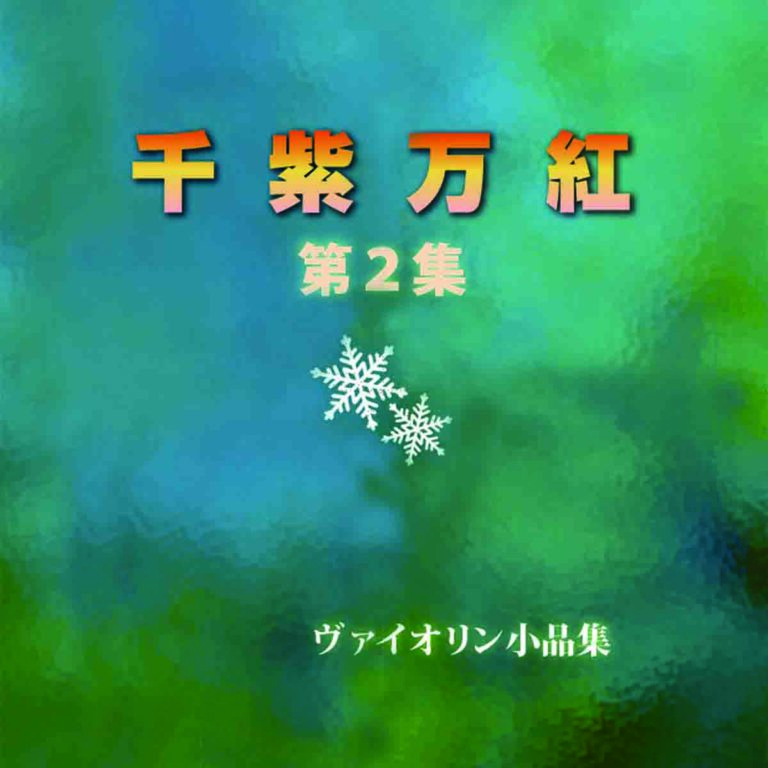
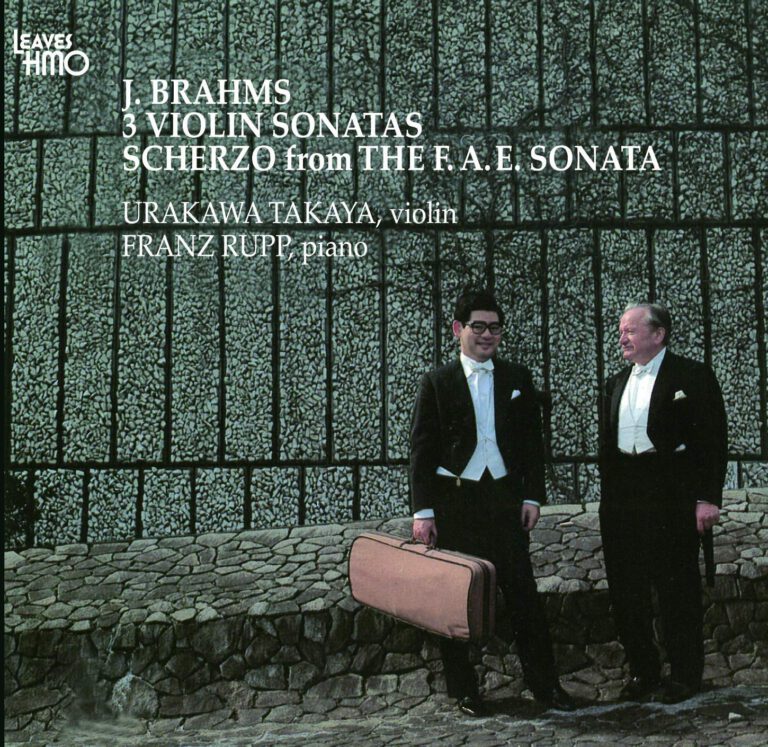
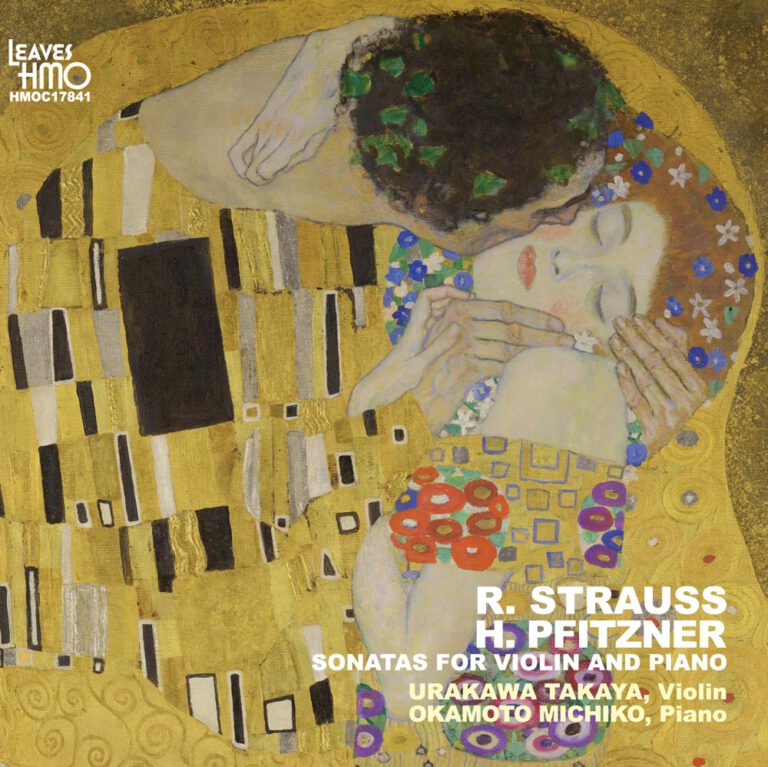
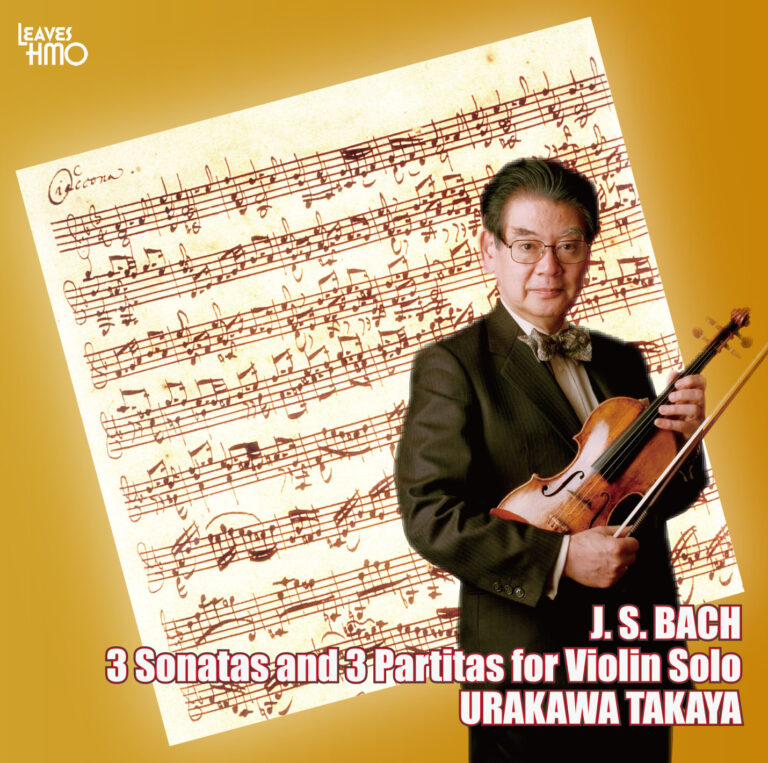
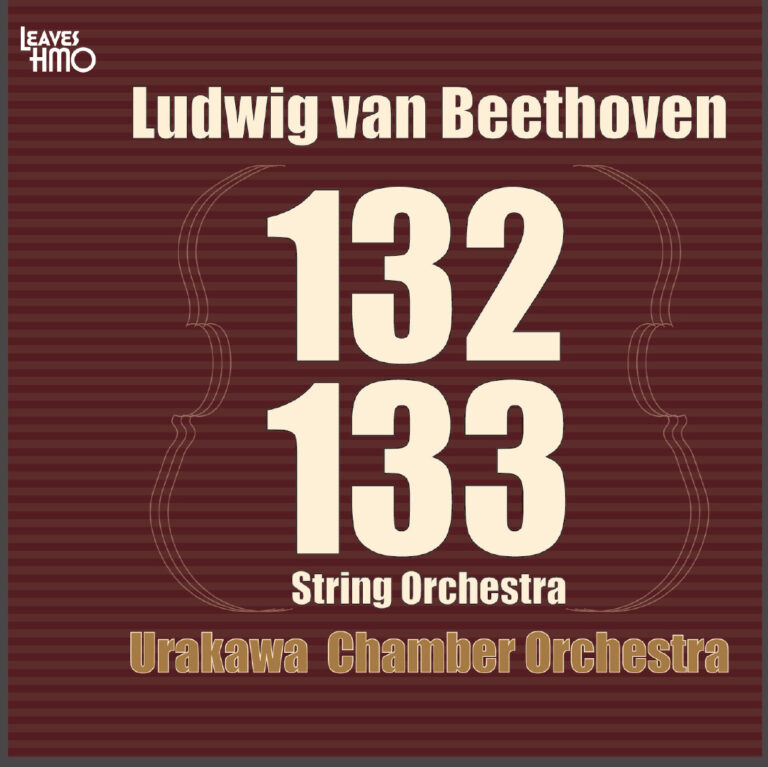
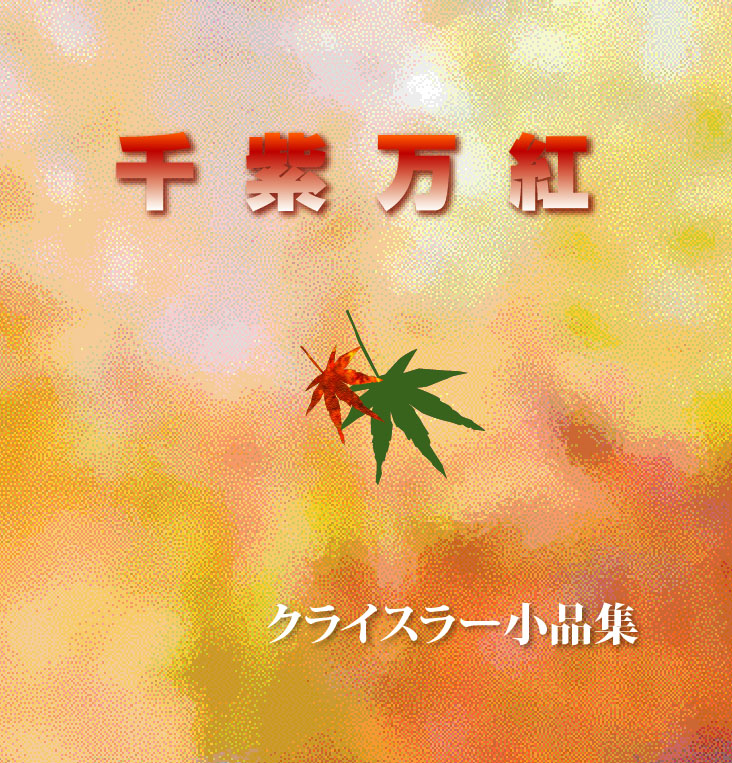

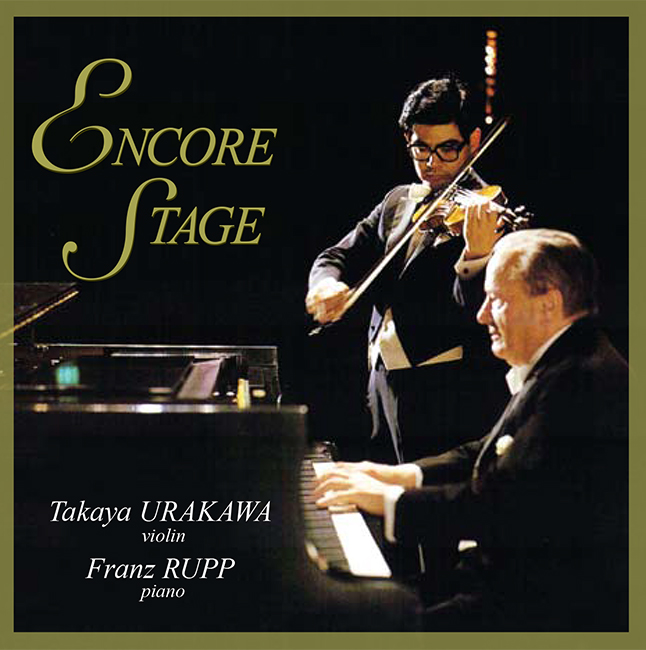

Takaya Urakawa was born in Tokyo, Japan in 1940. His father was a music publisher and his mother was a former music teacher. After their discovery of his absolute pitch, they groomed him. Then, he took violin lessons with Shinichi Suzuki at an early age.
In 1946, at the age of six, he began his 10-year study with Anna Ono, a Russian violinist.
In 1949, at the age of nine, he won first prize at the Japan Student Music Competition.
Urakawa gave his first recital when he was 11 years old in 1951.
Winning a prize at the 22nd Music Competition in 1953, he was recognized by Hidemaro Konoe, a
conductor/composer, and made his debut playing a Tchaikovsky concerto. After that, he performed with major Japanese orchestras – ABC Symphony Orchestra, Tokyo Philharmonic Orchestra and Tokyo Symphony Orchestra.
At the age of 15, he gave his second recital with pianist Michio Kobayashi. He entered the Music High School affiliated to the Tokyo National University of Fine Arts and Music, where he studied with Takeo Inoue and J. Isnard.
In 1959, he enrolled in the Tokyo National University of Fine Arts and Music, and went to West Germany as a DAAD scholarship student in the same year. After a short-term study with G. Taschner at the West Berlin University of Music, he pursued his 2-year fulfilling study with M. Schwalbe.
In the fall of 1961, receiving a scholarship from Bayern, West Germany, Urakawa was admitted to the University of Music Munich, where he studied with Prof. W. Stross not only sophisticated techniques but also insight into the
essence of German music.
In 1964, he graduated from the University of Music Munich as the top student with the highest award and was appointed as the first concertmaster of the Central Pfalz Symphony Orchestra.
In the spring of 1965, J. Keilberth, a great conductor, recognized Urakawa for his talent and appointed him as the
first concertmaster of Bamberger Symphoniker. He also made frequent appearances as a soloist with this distinguished orchestra.
In 1968, his visit to Japan with Bamberger Symphoniker became a sensation nationwide. He also led the chamber group, consisting of some of the main members from the Symphoniker.
In 1970, he started his career as an independent soloist. Since then, he performed with many of the major orchestras in West Germany, the Netherlands, Switzerland, Poland and Czechoslovakia, and he also gave recitals throughout Western Europe.
In 1974, Urakawa gave recitals across Japan for the first time after moving to Europe, where he attracted much attention nationwide as “a new type of violinist who inherits European traditions.”
In 1981, moving back to Japan, he began to teach as an associate professor at the Tokyo National University of Fine Arts and Music.
In 1982, he appeared in the series at the Library of Congress, Washington D.C., where he was specifically allowed to play on the Kreisler Guarneri violin, belonging to the library. He achieved acclaim as “the second coming of Kreisler”.
In 1983, each season Urakawa performed mainly Bach’s sonatas and partitas for solo violin in Tokyo and other major cities in Japan. This performance was reported as “Bach resonating in the church”, “Bach resonating in
historical buildings”, which drew attention from various fields.
In 1984, he was named a professor at the Tokyo National University of Fine Arts and Music.
In 1986, Urakawa was awarded the Officers Cross of the Order of Merit of the Federal Republic of Germany.
In 1988, he regularly gave a spring/summer seminar.
From 1988 to 1989 he went to the U.S., where he joined the Arcadia Music Festival in Maine.
From 1990, he produced the Sapporo Junior Cello Competition for 12 years, creating opportunities for many young cellists to start a stellar career at home and abroad.
From the mid-1980s, he was a judge of various competitions held at home and overseas. From the late 1980s he frequently performed and taught in China, and he was rewarded the title of a professor emeritus by the Xian Conservatory of Music.
From 2002 he taught violin and chamber music classes at the graduate school of the Tokyo National University of Fine Arts and Music.
He retired from the Tokyo National University of Fine Arts and Music in 2008 and from the Tokyo College of Music (as a visiting professor in charge of music) in 2016.
A great number of Urakawa’s score editing work involves Beethoven sonatas, Bach sonatas for solo violin, Mozart concertos, and so forth.
He began in earnest to record his performances in 1975, among which his Bartok sonata for solo violin was highly acclaimed. In 1977, he met Franz Rupp, a notable pianist, who had accompanied the outstanding violinist, Fritz Kreisler. Urakawa and Rupp recorded the complete sonatas by Beethoven and Brahms and Kreisler’s short works from 1978 to 1979. The CD of this profound, historical recording has been more highly regarded throughout the years. He also successfully recorded the four greatest concertos and almost all the works by J.S. Bach and Mozart.
He is top-ranked among the title numbers by Japanese artists.
Keen attention was drawn to his master class, which taught Beethoven violin sonatas for violin/piano ensemble.
He not only trained violinists but gave pianists concise advice on performance interpretations and techniques.
His work evolved from solo performances and chamber music to conducting a chamber orchestra mainly for string ensemble and producing Tokyo Classic Players. He has performed across Japan and in Western and Eastern Europe, China, the U.S. and Australia.
Currently Urakawa is professor emirate of Tokyo National University of Fine Arts and Music, president of Ono Anna Kinenkai (Memorial Association), chairman of Takaya Urakawa Foundation.
In the fall of 2017, he founded the Takaya Urakawa Foundation in Munich, Germany, as a public interest incorporated foundation with the aim of supporting young artists that he became chairman of.
Timeline
1940
Geboren in Tokio als Sohn eines Vaters, der einen Musikverlag und einen ehemaligen Musiklehrer leitet. Vor dem Schuleintritt wurde er von seinen Eltern unterrichtet. In jungen Jahren Geigenstunde von Herrn Shinichi Suzuki.
1946
Im Alter von 6 Jahren 10 Jahre langen Unterricht bei Anna Ono.
1949
Mit 9 Jahren gewann er den ersten Preis im studentischen Musikwettbewerb.
1951
Das erste Konzert im Alter von 11 Jahren
1953
Gewinner des 22. Musikwettbewerbs. Seitdem trat er mit dem ABC Symphony Orchestra, dem Tokyo Philharmonic Orchestra und dem Tokyo Symphony Orchestra auf. Im Alter von 15 Jahren zweites Konzert auf Michio Kobayashis Klavier. Eintritt in die Musikhochschule der Universität Tokio und Studium bei Takeo Inoue und Frau J. Isnar.

Mit dem Laden des Videos akzeptieren Sie die Datenschutzerklärung von YouTube.
Mehr erfahren
1959
Im Jahr der Zulassung an der Universität der Künste Tokio ging er als DAAD-Stipendiat der westdeutschen Regierung nach Deutschland.
1961
Im Herbst schrieb er sich mit einem bayerischen Stipendium an der Universität für Musik und darstellende Kunst München ein, wo er hohe technische Ausbildung und von Professor W. Stros Einblicke in die Essenz deutscher Musik erhielt.
1965
Erster Konzertmeister des renommierten Bamberger Sinfonieorchesters.
1968
Japanreise mit dem Bamberger Sinfonieorchester
1970
Nachdem er als Solist unabhängig geworden war, arbeitete er mit großen Orchestern in Westdeutschland, den Niederlanden, der Schweiz, Polen, der Tschechischen Republik usw. zusammen und gab Konzerte in verschiedenen Teilen Westeuropas.
1974
Er nutzte die ersten Konzerte in verschiedenen Teilen Japans nach seinem Umzug nach Europa und machte als „neuer Geigertyp, der europäische Traditionen erbt“ auf sich aufmerksam.
1981
Übersiedlung nach Japan und Lehrtätigkeit als Assistenzprofessor an der Tokyo University of the Arts.
1982
Erschien in der Reihe Library Library in Washington und durfte den berühmten Chrysler Guarneri speziell in der Sammlung des Museums verwenden. Er wurde als „das Wiederauftauchen von Chrysler“ gelobt.
1983
„Bach, der mit Kirchen in Resonanz steht“ und „Bach, der mit historischen Gebäuden in Resonanz steht“, die sich auf unbegleitete Sonaten und Partiten in Großstädten des Landes, einschließlich Tokio, konzentrieren, ziehen zu jeder Jahreszeit in verschiedenen Bereichen große Aufmerksamkeit auf sich.
1984
Professor an der Universität der Künste in Tokio.

Mit dem Laden des Videos akzeptieren Sie die Datenschutzerklärung von YouTube.
Mehr erfahren
1986
Erhielt den Verdienstorden der Bundesrepublik Deutschland.
1988
Jedes Jahr finden regelmäßig Frühlings- und Sommerseminare statt. Teilnahme am Arcady Music Festival in Maine, USA von 1988 bis 1989.
1990
Er ist seit 12 Jahren Vorsitzender des Sapporo Junior Cello Competition und bietet vielen jungen Cellisten die Möglichkeit, eine aktive Rolle in Japan und Übersee zu spielen.
Ab Mitte der 1980er Jahre wurde er in die Jury der Wettbewerbe im In- und Ausland eingeladen, und ab der zweiten Hälfte der 1980er Jahre wurde ihm häufig der Titel eines emeritierten Professors des Xi’an College of Music für das Spielen und Lehren in China verliehen.
2002
An der Graduiertenschule des Tokyo College of Music unterrichtet er jüngere Generationen in den Bereichen Violine und Kammermusik.
2008
Ruhestand an der Universität der Künste in Tokio.
2016
Als Gastprofessor an der Tokyo College of Music Graduate School in den Ruhestand getreten.
2017
Gründung der Takaya Urakawa Stiftung
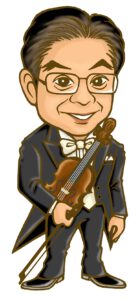
Er hat die Partitur für Beethoven-Sonaten, Bach unbegleitet, Mozart-Konzert und viele andere bearbeitet.
Die Aufnahme begann ernsthaft im Jahr 1975 und erregte Aufmerksamkeit und Anerkennung für Bartoks unbegleitete Sonaten. 1977 lernte er Franz Rupp kennen, einen berühmten Pianisten, der auch als Partner des großen Geigers F. Kreisler bekannt war. Von 1978 bis 1979 wurden alle Sonaten von Beethoven und Brahms mitgespielt und auch Kreislers kleine Stücke aufgenommen . Die Kollaborations-CD mit ihm wird von Jahr zu Jahr als besonders schmackhafte historische Aufnahme immer beliebter. Darüber hinaus hat er die Aufnahme von vier Hauptkonzerten abgeschlossen, fast alle Werke von J. S. Bach und Mozart.
Bezüglich der Titelanzahl zählt er zuden besten japanischen Künstlern.
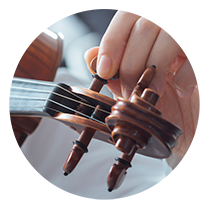
Funding
Information on current eligibility requirements, eligibility requirements, and training institutions.
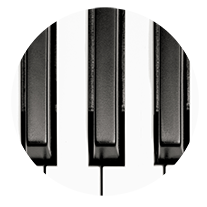
Application
Application for funding from the Foundation.
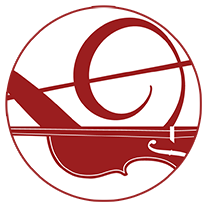
Contact
Get in touch with us.
